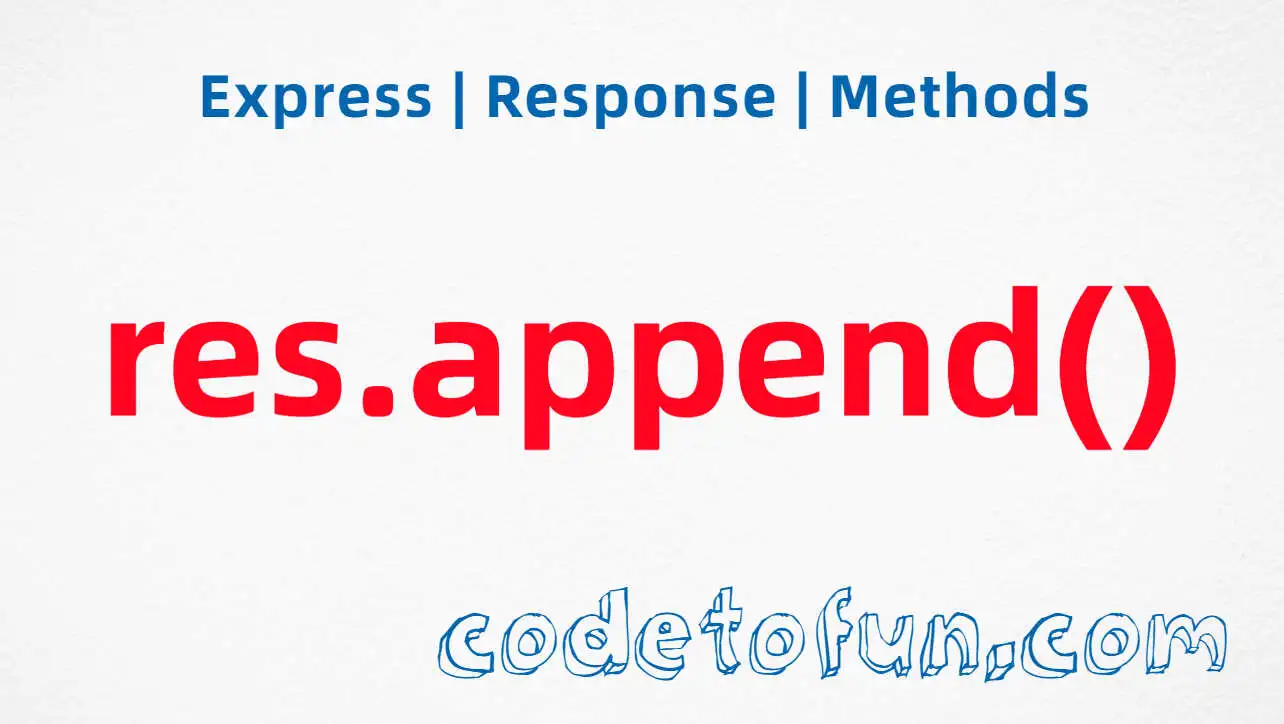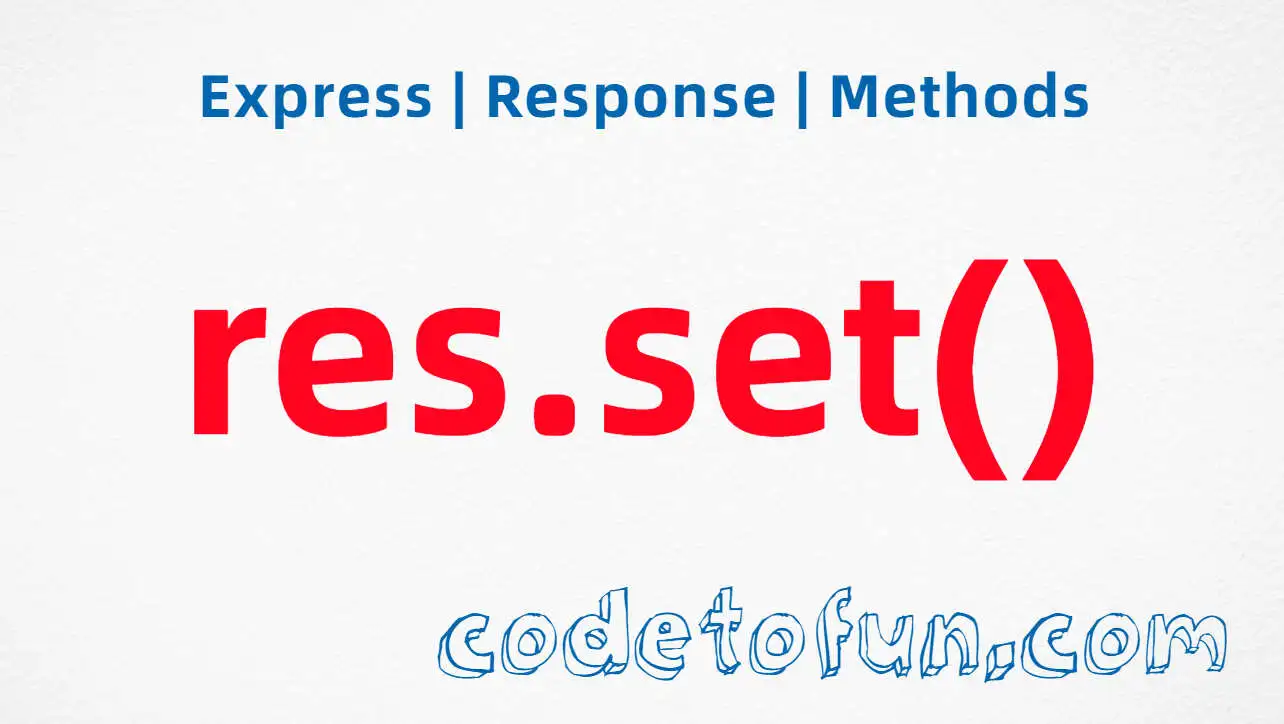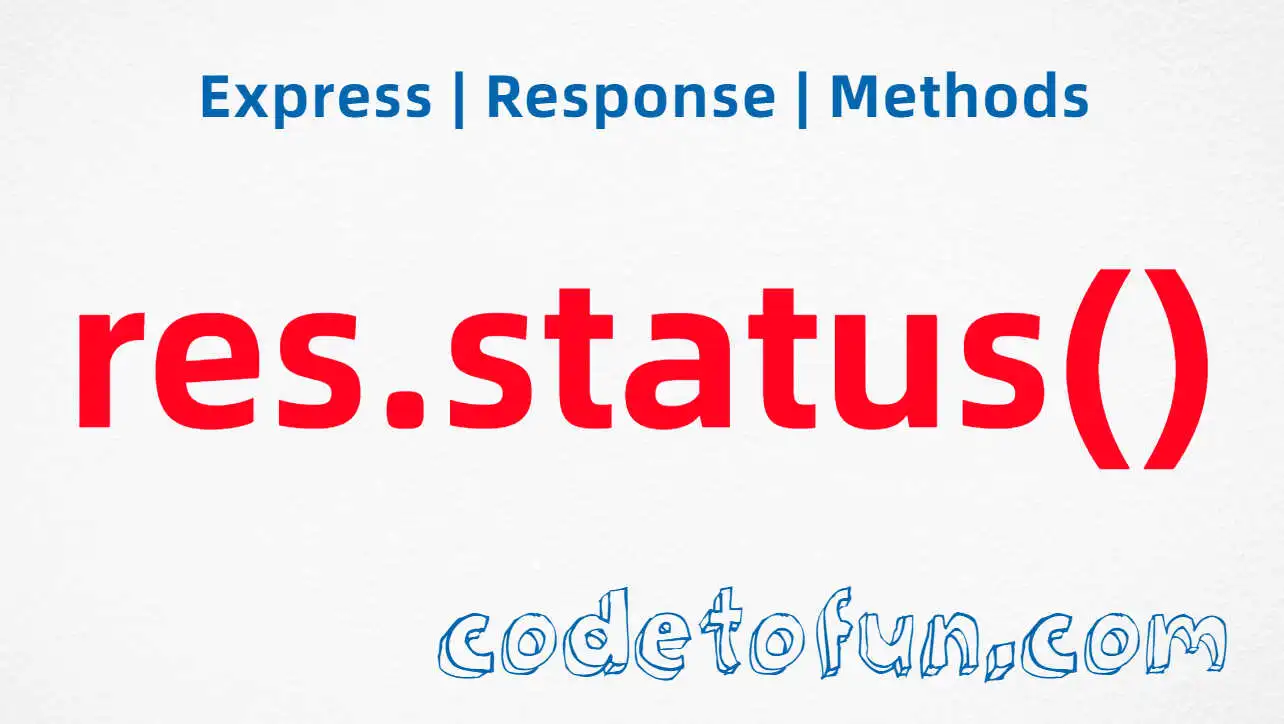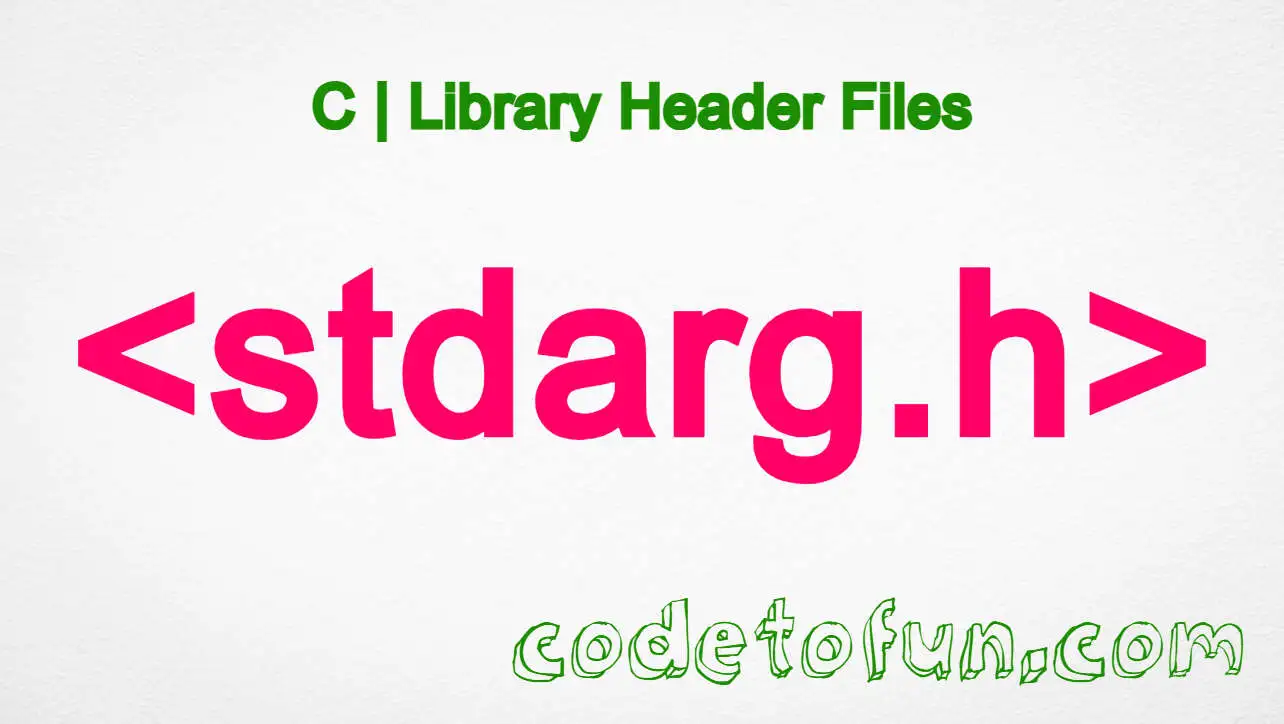
Express.js Basic
- express Intro
- express express()
- express Application
- express Request
Properties
- req.app
- req.baseUrl
- req.body
- req.cookies
- req.fresh
- req.host
- req.hostname
- req.ip
- req.ips
- req.method
- req.originalUrl
- req.params
- req.path
- req.protocol
- req.query
- req.res
- req.route
- req.secure
- req.signedCookies
- req.stale
- req.subdomains
- req.xhr
Methdos
- express Response
- express Router
Express req.get() Method

Photo Credit to CodeToFun
🙋 Introduction
In the world of web development, handling and extracting information from HTTP headers is a common task.
Express.js, a popular Node.js web application framework, provides the req.get() method to facilitate this process.
Join us as we explore the syntax, use cases, and best practices of the req.get() method in Express.js.
💡 Syntax
The syntax for the req.get() method is straightforward:
const headerValue = req.get(headerName);- headerName: A string representing the name of the HTTP header you want to retrieve.
❓ How req.get() Works
The req.get() method in Express.js allows you to retrieve the value of a specified HTTP header from the incoming request. This can be useful for accessing information such as user agents, content types, or custom headers sent by the client.
app.get('/user-agent', (req, res) => {
const userAgent = req.get('User-Agent');
res.send(`User-Agent: ${userAgent}`);
});In this example, the route '/user-agent' uses req.get() to retrieve the User-Agent header from the incoming request and sends it as the response.
📚 Use Cases
Content Negotiation:
Use
req.get()to perform content negotiation based on the 'Accept' header, allowing your API to respond with different content types.example.jsCopiedapp.get('/api/data', (req, res) => { const acceptHeader = req.get('Accept'); if (acceptHeader && acceptHeader.includes('application/json')) { // Respond with JSON data res.json({ message: 'JSON data' }); } else { // Respond with default content res.send('Default content'); } });Authentication Tokens:
Leverage
req.get()to extract authentication tokens from the 'Authorization' header for securing routes.example.jsCopiedapp.get('/dashboard', (req, res) => { const authToken = req.get('Authorization'); if (authToken) { // Validate and process authentication token // ... res.send('Welcome to the dashboard!'); } else { res.status(401).send('Unauthorized'); } });
🏆 Best Practices
Check for Header Existence:
Before using
req.get()to retrieve a header, it's a good practice to check if the header exists to avoid potential errors.example.jsCopiedapp.get('/custom-header', (req, res) => { const customHeader = req.get('X-Custom-Header'); if (customHeader) { res.send(`Value of X-Custom-Header: ${customHeader}`); } else { res.status(400).send('X-Custom-Header is missing'); } });Handle Multiple Headers:
If a header can have multiple values, use
req.get()in combination with req.get(headerName) to retrieve an array of values.example.jsCopiedapp.get('/multiple-headers', (req, res) => { const customHeaders = req.get('X-Custom-Header'); if (customHeaders) { const headerValues = customHeaders.split(', '); res.json({ values: headerValues }); } else { res.status(400).send('X-Custom-Header is missing'); } });
🎉 Conclusion
The req.get() method in Express.js provides a convenient way to access and utilize HTTP headers in your server-side logic. Whether you're performing content negotiation, extracting authentication tokens, or handling custom headers, understanding how to use req.get() enhances your ability to work with incoming HTTP requests effectively.
Now, equipped with knowledge about the req.get() method, leverage it in your Express.js applications for robust header manipulation!
👨💻 Join our Community:
Author

For over eight years, I worked as a full-stack web developer. Now, I have chosen my profession as a full-time blogger at codetofun.com.
Buy me a coffee to make codetofun.com free for everyone.
Buy me a Coffee












If you have any doubts regarding this article (Express req.get() Method), please comment here. I will help you immediately.